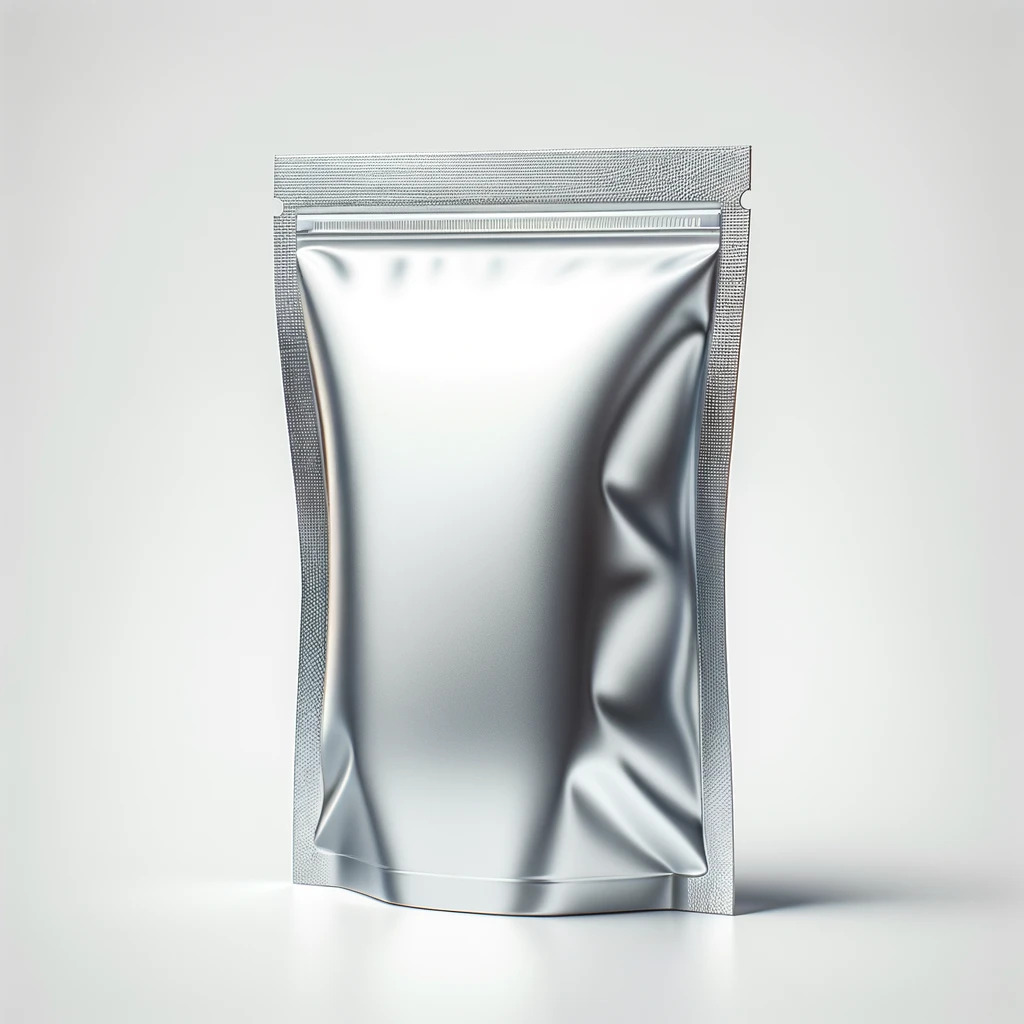A Doypack, also known as a stand-up pouch, is a versatile type of packaging that has gained popularity due to its convenience, durability, and efficiency. Here are some more details about it:
- Material Composition: Doypacks are typically made from multiple layers of materials, including plastics, metal foils, and sometimes paper. The layers are laminated together to provide strength, durability, and protection against environmental factors like moisture, light, and air.
- Design and Features: The most distinctive feature of a Doypack is its ability to stand upright on a shelf or counter. This is usually achieved through a gusset at the bottom that expands when the bag is filled. The top of the pouch often includes a resealable zipper or spout for easy opening and closing, which helps in maintaining the product’s freshness after opening.
- Uses: Doypacks are used for a wide range of products, including liquids like juices and soups, solids like nuts and candies, and even non-food items like detergents and pet foods. Their flexibility makes them suitable for various contents.
- Advantages:
- Space Efficiency: They take up less space on shelves and in storage compared to rigid containers.
- Consumer Convenience: Easy to open, reseal, and dispose of.
- Product Visibility: Clear or windowed versions allow consumers to view the product inside.
- Customization: They can be printed with high-quality graphics and branding.
- Environmental Impact: While Doypacks use less material than traditional rigid packaging, their multi-material composition can make them more challenging to recycle. However, advancements in packaging technology are increasingly focusing on making these pouches more environmentally friendly.
- Innovation and Trends: Recent innovations in Doypack design include features like spouts and caps for liquid products, modified atmosphere packaging for extending the shelf life of food products, and microwave-safe designs.
 This packaging solution represents a significant evolution in packaging technology, balancing consumer convenience with the demands of modern distribution and display.
This packaging solution represents a significant evolution in packaging technology, balancing consumer convenience with the demands of modern distribution and display.

Comments are closed.